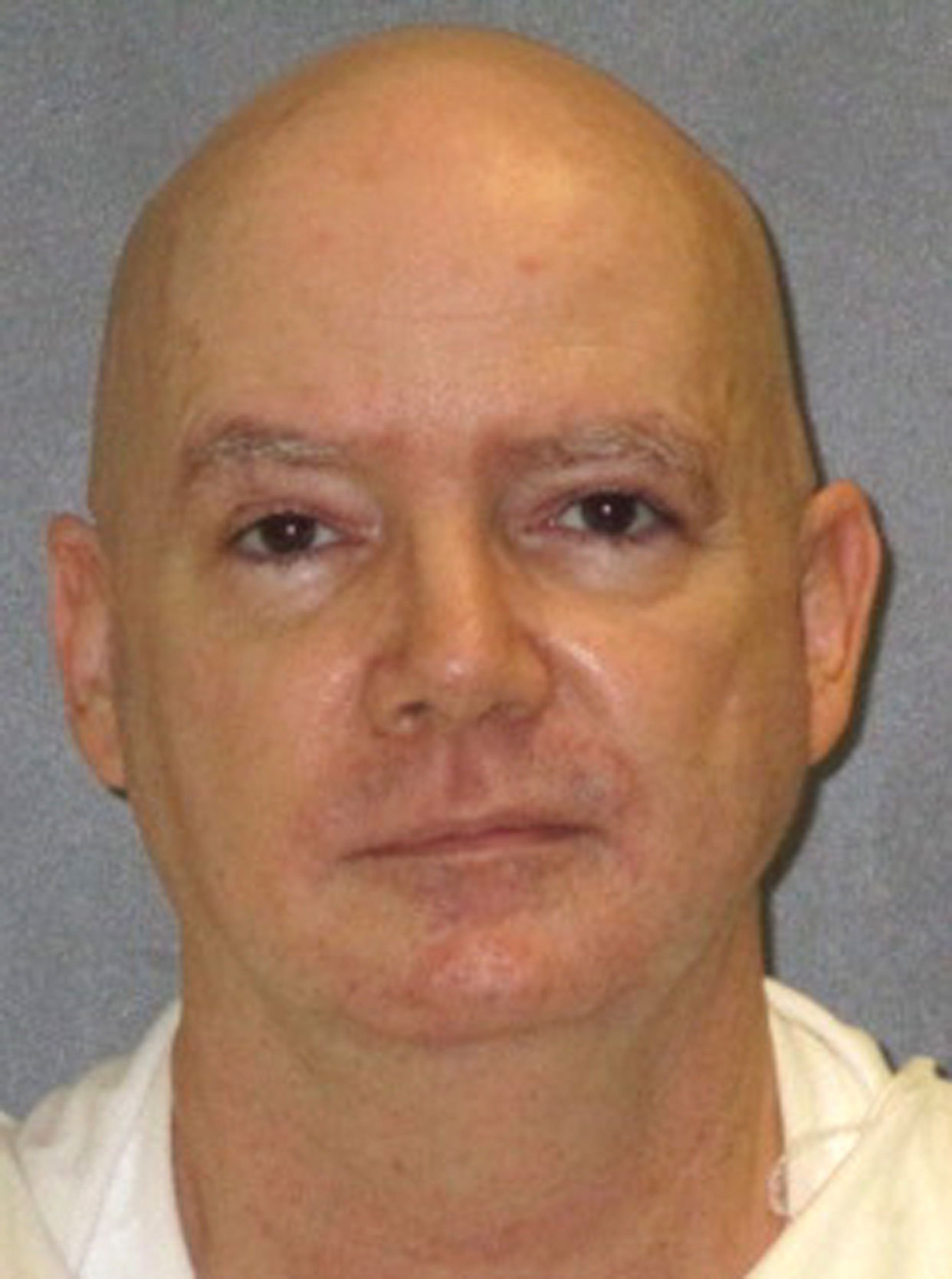HUNTSVILLE, Texas (AP) — A stick was used to tightly twist a cord from a window blind around the neck of a 21-year-old woman found strangled and dumped in the drive-thru lane of a Houston Dairy Queen in 1992. Maria
HUNTSVILLE, Texas (AP) — A stick was used to tightly twist a cord from a window blind around the neck of a 21-year-old woman found strangled and dumped in the drive-thru lane of a Houston Dairy Queen in 1992.
Maria del Carmen Estrada’s slaying went unsolved for more than a decade until a tiny particle collected from beneath her fingernail matched the DNA of convicted sex offender Anthony Allen Shore.
Shore, 55, whose signature killing method prompted him to be dubbed Houston’s “Tourniquet Killer,” was set for lethal injection Wednesday evening for her murder.
He’d be the seventh Texas inmate executed this year. He’d also be the 21st prisoner put to death nationally, one more than the total number carried out in the U.S. in 2016.
When police arrested Shore, who was on probation for his 1998 conviction for sexually assaulting two relatives, he confessed to killing Estrada and three others, including a 9-year-old and two teenage girls. All were Hispanic. Three had been sexually assaulted.
“There were voices in my head that I was going to have her, regardless, to possess her in some way,” Shore, a former tow truck driver, phone company repairman and part-time musician, told detectives about Estrada. She was walking to work about 6:30 a.m. on April 16, 1992, when he offered her a ride that she accepted.
It wasn’t until five years after Shore’s DNA went into a state database following his 1998 sexual assault conviction that the match to Estrada’s death was made.
At his trial in 2004, with the confession and DNA results in evidence, a jury convicted him of capital murder. The next day, Shore’s lawyers told jurors that against their judgment and advice, their client wanted it known he wanted the death penalty. Jurors then heard four days of prosecution evidence about the three other slayings and heard from three women who testified he raped them.
The trial judge ultimately asked Shore directly if his lawyers’ statements about him wanting the death penalty were accurate.
Shore replied: “This is very accurate.”
His Harris County jury decided he should die.
In appeals, lawyers appointed for Shore argued he suffered from brain damage early in life that his trial attorneys didn’t discover and the brain injury affected his decision about wanting the death penalty. A federal appeals court earlier this year turned down his appeal and two weeks ago the U.S. Supreme Court refused to review his case.
The six-member Texas Board of Pardons and Paroles unanimously rejected a clemency petition Monday.
“I would describe Anthony’s demeanor as that of any condemned man, that even though his life is severely altered by being in prison, especially on death row, he would rather have that than death,” Knox Nunnally, one of Shore’s attorneys, said.
Harris County District Attorney Kim Ogg has described Shore as a “true serial killer” who terrorized young Hispanic females in the Houston area for years.
Besides Estrada, Shore confessed to the slayings of Laurie Tremblay, 15, found beside a trash bin outside a Houston restaurant in 1986; Diana Rebollar, 9, abducted while walking to a neighborhood grocery store in 1994; and Dana Sanchez, 16, who disappeared in 1995 while hitchhiking to her boyfriend’s home in Houston.
———
Sign up for the AP’s weekly newsletter showcasing our best reporting from the Midwest and Texas: —http://apne.ws/2u1RMfv


